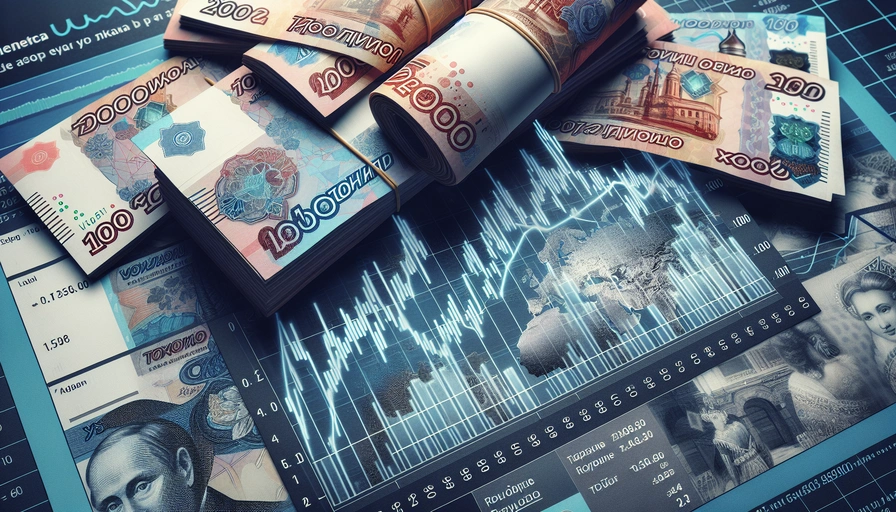The Russian ruble has been a focal point in global trade discussions, especially amidst the ongoing geopolitical tensions involving Russia. Here are some key developments and their implications for the trade of the Russian ruble:
- US Imposes 10% Tariff on Ukrainian Goods: The United States has imposed a 10% tariff on goods from Ukraine, which could indirectly affect the trade dynamics of the Russian ruble. Ukraine exported $874 million worth of goods to the US last year, and the new tariffs may impact small Ukrainian producers significantly. This move could influence the regional economic stability and the value of the ruble in international markets.
-
Russia Rejects US Ukraine Peace Plan Over Unmet Demands: Russia has rejected US peace proposals for Ukraine, citing unmet key demands such as Ukraine’s renunciation of NATO aspirations and recognition of Russian control over four Ukrainian regions. This rejection has led to continued economic sanctions and trade restrictions, affecting the ruble’s stability and its trade value.
-
US Holds Off on Russia Tariffs Amid Ukraine Peace Talks: The White House has stated that the US did not impose additional tariffs on Russia due to ongoing peace negotiations between Russia and Ukraine. This decision by President Trump aims to focus on peace talks that could impact thousands of lives. The absence of new tariffs might provide temporary relief to the ruble, but the long-term effects depend on the success of these negotiations.
-
NATO Pledges €20 Billion in Security Aid for Ukraine in 2025: NATO allies have pledged over €20 billion in security assistance to Ukraine for 2025. This significant financial support aims to bolster Ukraine’s defense against Russian aggression, potentially leading to further economic sanctions on Russia and affecting the ruble’s trade value.
-
EU Unveils Plan to Slash Russian Energy Dependence: The European Union plans to release a roadmap to reduce its reliance on Russian energy, focusing on cheaper energy for European industry. This plan includes using trade tools like quotas or tariffs to decrease Russian energy imports, which could significantly impact the Russian economy and the ruble’s trade value.
-
US Military Aid to Ukraine Halted Amidst Funding Shift: US military aid to Ukraine is ending due to a change in the US administration and lack of Congressional approval for further funding. This shift could lead to increased reliance on European support for Ukraine, potentially affecting the economic dynamics in the region and the trade value of the ruble.
-
Trump’s Ceasefire Frustration Mounts Amid Negotiation Stalemate: President Trump’s frustration with the lack of progress in ceasefire negotiations has led to threats of imposing 25-50% tariffs on all Russian oil imported into the US. Such measures could severely impact the Russian economy and the ruble’s trade value.
In summary, the trade of the Russian ruble is heavily influenced by the ongoing geopolitical tensions and economic sanctions. The imposition of tariffs, rejection of peace plans, and shifts in military aid all play crucial roles in determining the ruble’s stability and trade value. As the situation evolves, the global economic landscape and the trade dynamics of the Russian ruble will continue to be closely monitored.

